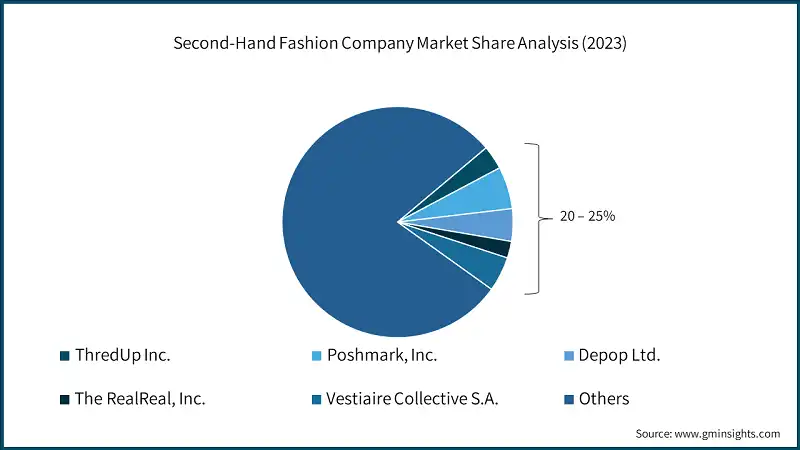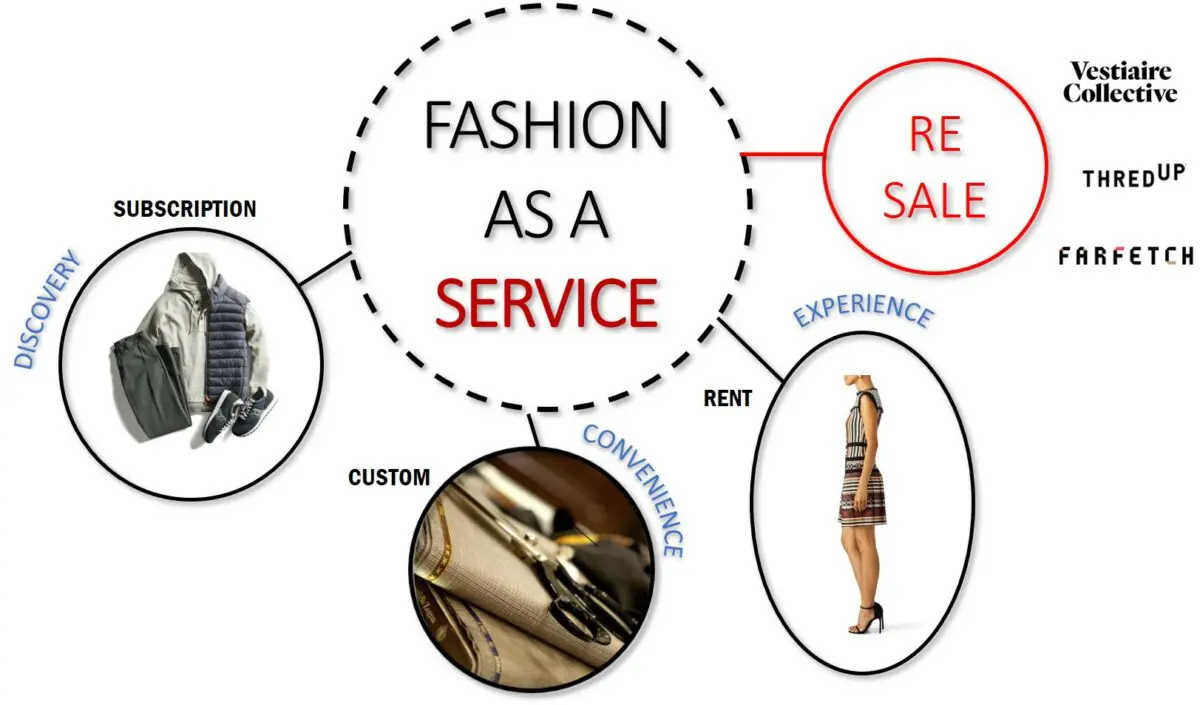Why Secondhand Fashion Often Outshines New
In recent years, the fashion industry has seen a remarkable shift towards secondhand fashion, sparking enthusiasm among shoppers looking for sustainable and unique options. This evolution of the shopping landscape is not just a passing trend; it’s becoming a new norm in how we perceive style and sustainability. From thrift shops to online resale platforms, pre-owned garments have gained a significant foothold in our wardrobes, offering not just affordability, but also a chic statement that reflects personal taste.
The idea that secondhand clothing is inherently inferior is outdated. Shopping for pre-loved pieces has become a statement of individuality, allowing fashionistas to discover distinct items that tell a story. With the rise of secondhand shopping culture, brands and consumers alike are realizing the value of curating a wardrobe that champions both style and environmental responsibility.
The Resurgence of Pre-Loved Fashion
Once viewed as an economic necessity or a late-night rummage in a charity shop, secondhand fashion is now boldly stepping into the limelight. Recent statistics reveal that the secondhand market is expected to grow significantly, potentially accounting for a substantial portion of the clothing industry. This growth corresponds with increased consumer awareness regarding the environmental impact of fast fashion. Unlike the sterile atmosphere of chain retail stores, secondhand boutiques offer a treasure hunt experience—where each garment comes with its history.
Consumers are now searching for ways to express their personalities through fashion. This desire has transformed thrift store visits into curated adventures. Vintage clothes, retro designs, and unique pieces allow shoppers to stand out, offering an alternative to mass-produced garments. This sector is not only about nostalgia, but about embracing diversity in fashion choices.
The Evolution of Consumer Attitudes
As the landscape of consumerism shifts, so do the preferences of shoppers. Many are now taking a stand against fast fashion. The awareness of how cheap clothing contributes to environmental degradation and poor labor practices is reshaping our shopping habits. People are beginning to understand that the choices they make at the checkout have a lasting impact. Whether it’s a chic piece from a thrift store or a designer item found online, the notion of ‘newness’ is increasingly linked to the story behind the garment.
Not only does secondhand shopping reflect an awareness of the broader implications of fashion consumption, but it also showcases ingenuity and creativity. Individuals are mixing and matching vintage pieces with contemporary styles, fostering a unique aesthetic that is authentic to them.
Why Secondhand Pieces Stand Out
Investing in secondhand items is proving to be a wise choice for those who care about quality and style. Vintage garments often hold a craftsmanship that contemporary fast fashion lacks. For example, the materials used in many old fabrics were chosen for their durability rather than for cost-effectiveness. This quality means that many secondhand items can last longer than their new counterparts, making them a more sustainable investment.
Furthermore, the aesthetic appeal of vintage pieces often surpasses that of new designs. Designers frequently take inspiration from past trends, turning back to retro styles for influence. Such circularity in fashion not only encourages sustainability but also ensures that pre-loved items are often of similar style—and sometimes even better quality—than what is sold in stores today.

Unique Finds in the Secondhand Market
One of the significant advantages of shopping for secondhand fashion is the thrill of the find. Discovering a unique jacket or a classic pair of jeans can bring a sense of joy that buying new often fails to deliver. Many secondhand stores curate exceptional selections that may include discontinued styles or hard-to-find sizes that are no longer available in mainstream retail.
Online platforms also play a crucial role in this new shopping era. Websites and apps dedicated to reselling clothes have made it easier than ever to find exactly what you’re looking for without the stress of hunting through racks in-store. This shift has democratized fashion to an extent, allowing anyone with a keen eye to act as a stylist in their own right.
The Environmental Impact of Choosing Secondhand
As more individuals choose secondhand fashion, the positive implications for the planet become increasingly clear. The fashion industry is notorious for its environmental footprint, heavily relying on water-intensive production and displeasing waste management practices. Secondhand shopping directly counters this trend by providing an alternative to the manufacturing of new items. Producing less means contributing less to pollution and preserving resources.
When you shop secondhand, you support a circular economy that extends the life of garments, preventing them from ending in landfills. Additionally, many platforms that sell secondhand clothes actively contribute to sustainability initiatives, further solidifying their purpose beyond simple commerce.

Building a Sustainable Wardrobe
Embracing secondhand clothing is a deliberate step towards a more sustainable wardrobe. It encourages mindful shopping, where choices are made based on wearability and timelessness rather than trends. This mindset allows consumers to invest in pieces they truly love, which ultimately fosters a more profound appreciation for their clothing.
Within this paradigm, secondhand fashion emerges as a viable solution for those looking to reduce their carbon footprint while enhancing their personal style. By carefully selecting pre-loved garments, individuals can create a sustainable wardrobe that tells a story while minimizing their environmental impact.
The Social Aspect of Secondhand Shopping
Shopping for secondhand pieces is not just a solitary experience; it fosters community and connection. Whether it’s bonding with friends over a thrift store expedition or sharing finds online, the experience becomes communal. These shared journeys enhance social interactions in an increasingly digital age, where human connections are essential.
Moreover, many secondhand businesses engage with the community by hosting events or promoting social causes. Collaborating with local artisans or providing a platform for young designers can create a thriving ecosystem centered around sustainability and shared values.

Connecting Through Fashion
The resale movement has given rise to a thriving community of conscious consumers who connect over shared interests in style and sustainability. Online groups and forums are bustling with discussions on thrifting tips, vintage finds, and designer swaps. This sense of community enriches the experience and encourages more individuals to participate in the secondhand revolution, breaking down barriers and inspiring new fashion lovers to join.
Social media platforms play an integral role in this connection by facilitating discussions and showcasing outfits featuring secondhand garments. This allows someone’s pre-loved piece to travel further than just its original owner, creating new stories and new style moments. Platforms like Instagram are filled with accounts dedicated to secondhand fashion, highlighting its charm, creativity, and sustainability.
Source: www.theguardian.com
Hi, I’m Sarah, a 30-year-old journalist with a passion for storytelling and uncovering the truth. I strive to bring important issues to light and connect with my audience through compelling narratives.



